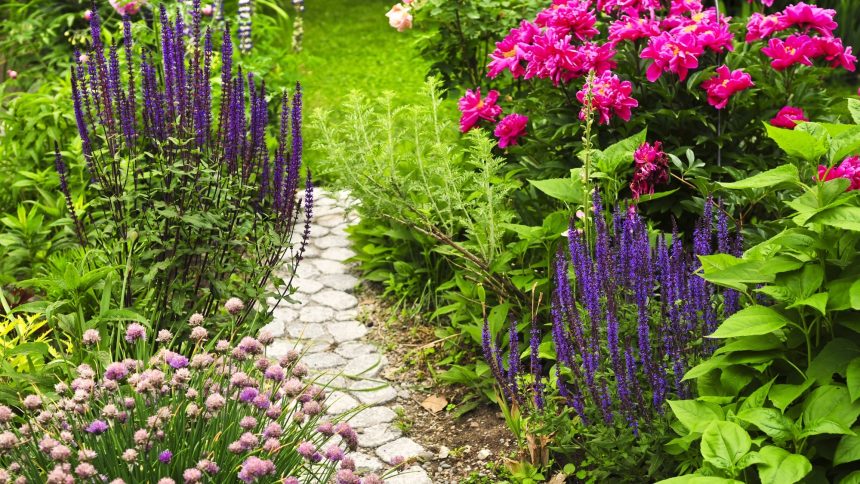“`html
As you explore options for your garden, you may encounter labels such as “Zones 3-7” among other numerical designations. These indicate the ideal hardiness zones where certain plants can successfully thrive.
Grasping the concept of your gardening zone is essential for choosing plants that match your local climate, ultimately contributing to a vibrant and sustainable garden throughout the seasons. With this knowledge, you are better positioned to select flora that will prosper in your outdoor space, ensuring their health over time.
Defining Gardening Zones
A gardening zone—also referred to as a plant hardiness zone—is an area categorized geographically that aids gardeners in identifying which species of plants are likely to thrive given specific climate conditions. The USDA assigns these classifications based on average minimum temperatures recorded in different regions. Its Plant Hardiness Zone Map segments North America into 13 distinct zones according to typical annual low temperatures during winter.
In response to the effects of climate change, the USDA unveiled an updated hardiness zone map in 2023 illustrating a notable shift northward among various zones due to fluctuating environmental conditions.
The Significance of Gardening Zones
Gardening zones convey crucial details regarding the climatic characteristics of your locale, particularly its coldest temperature extremes. Choosing plants adapted to your specific zone minimizes potential winter-related damage and enhances survival rates while lowering replacement expenses.
Additionally, understanding your gardening zone plays a pivotal role in structuring planting timelines—identifying when it’s best to sow seeds or transplant seedlings is key for successful growth. Numerous gardening resources and nurseries proffer tailored wisdom and products aligned with these zoning specifications, easing access for gardeners seeking informed guidance.
Understanding Heat Zones
Certain plant tags also reference heat zones, signifying regions defined by the American Horticultural Society (AHS) based on how many days yearly temperatures exceed 86°F (30°C). These heat zones complement USDA Plant Hardiness Zones by focusing specifically on maximum temperature impacts instead of minimums!
The AHS Plant Heat Zone Map highlights twelve distinct areas where plants endure high-temperature stress that might affect their growth patterns and blooming periods. Awareness about these heat nuances aids gardeners in selecting species well-adapted to withstand local warm spells while avoiding problems like leaf scorch or wilting during balmy months —guiding you toward planting selections compatible with both temperature extremes!
Step-by-Step Technique for Identifying Your Gardening Zone
< p > Accessing the USDA Plant Hardiness Zone Map:
< p /> < This widely utilized resource offers intricate insights into varying temperature limits across different hardiness categories within United States territories!< / p >
< figure >

<
figcaption
className=
“
wp-element-caption
”>
The latest iteration from USDA concerning gardening categories.
Image courtesy: USDA
< P >< strong > Enter Your Zip Code:< / strong >< / P >
< P >< / strong >< em/>Utilizing zip codes yields precise data regarding corresponding gardens’ respective locations! This simplified method spares individuals from needing interpretative effort amidst vivid color-coded illustrations prevalent across traditional visuals.< br />
Recognize worthwhile distinctions exist spanning every preservation designation at intervals measuring ten degrees Fahrenheit; moreover subdivision exists within optional “A/B” structures differentiated further five additional degrees reflecting microclimates encountered locally.< /P >
P>Comprehend Each Designation’s Implications:
<This index indicates ranges representing extreme winter-level lows affecting surroundings: For example; entering into third units might produce readings hitting negative forty up through roughly negative thirty Fahrenheit—the ninth cluster creates upper bounds adhering strictly enduring merely twenty against thirty norms spanning safely held tolerances established aground surrounding climates available beneath historical metrics correlates cared amongst societies!. Iddently corresponding understood principles prove defining resolutions applicable underpinning similar associate fruits reaped thereafter!
…
“`






